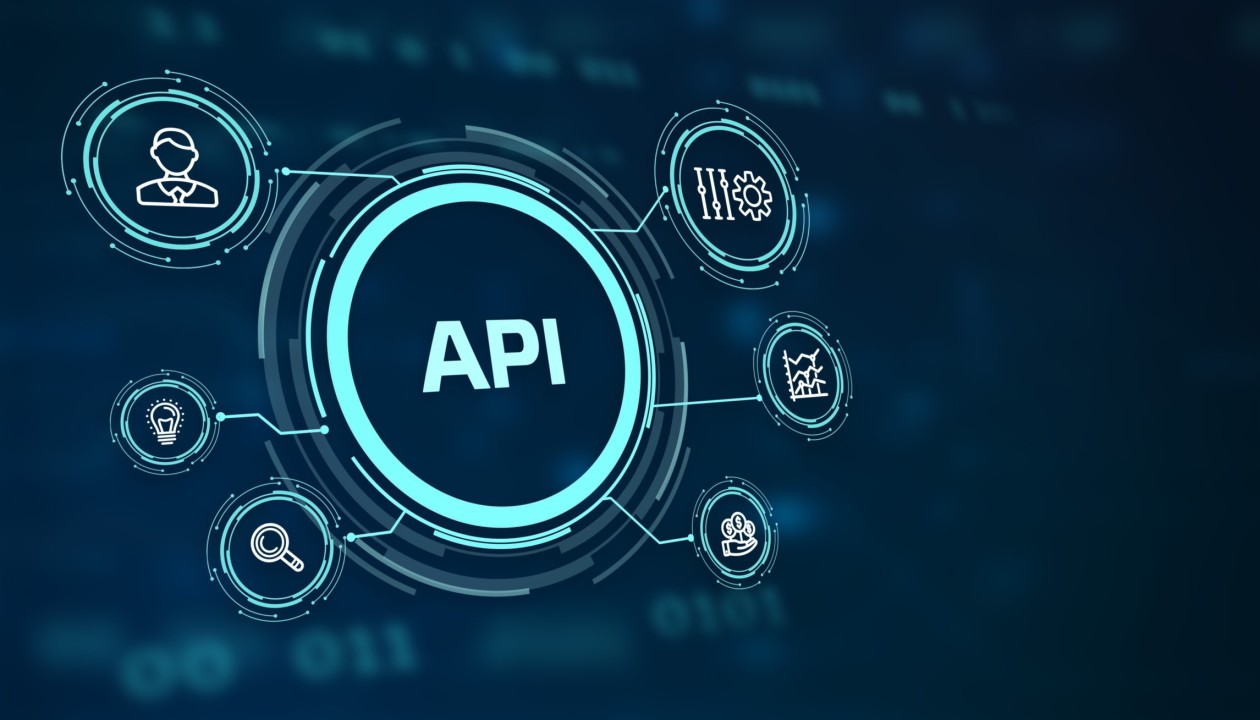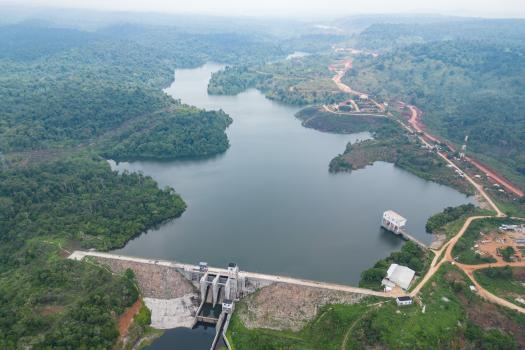What is API Latency?
- Joshua Hassan
- Twitter @cut3josh
What is API Latency?
Latency in an API refers to the time it takes for a user’s query to be processed and for a response to be returned. A lower latency means a faster response time and a better user experience.
What is Response Rate?
Response rate measures the total time it takes for a server to fulfill a request, including the API latency, or the time it takes for information to be transmitted from the server to the requesting party. It is important to optimize response rate to improve the overall user experience. Latency is a component of response rate but is not the only factor that contributes to the response time measurement.
What is Server Response Time?
Response time refers to the amount of time it takes for the server to process a request and send back a response to the client. A shorter response time can lead to a better user experience and can be a key factor in the performance and efficiency of an API. It is important to monitor and optimize server response time to ensure that the API is functioning effectively and efficiently.
What is a Good Server Response Time?
Typically anything less than 300ms would put you in the best 20% of sites, and less than 200ms would put you in the best 10%
What is a Bad Server Response Time?
Server response time of more than 830ms would put you in the worst 20% of sites, and more than 1.1 seconds would put you in the worst-performing sites.
Overview of APIs Latency Rate vs Response Rate
The time it takes for a request to be fulfilled by an API server, including the time it takes for the requested information to be transmitted, is known as the response rate. The API latency rate refers specifically to the time it takes for the requested information to be transmitted from the server to the requesting party.
Causes of High Latency
The speed at which a server responds to a request for information through an API can be affected by a variety of factors, such as the server’s capacity and processing power, the number of requests being made at a given time, and the efficiency with which those requests are managed. High latency rates, or slow response times, can negatively impact user satisfaction and may be caused by server overload, a bottleneck of requests, or other issues.
How Can the Latency of an API Be Monitored?
There are various methods for monitoring the latency of an API, such as a ping test or using web service HTTP/HTTPS monitors. These tools can provide information about API latency, response times, loading times, and other relevant metrics to help understand the user experience.
Some Ways To Reduce Latency
These include optimizing server hardware and capacity, using efficient algorithms and data structures, minimizing the distance between the server and the requesting party, and minimizing the amount of data sent over the network.
Edited by Paul Asibor
For GritinAI





